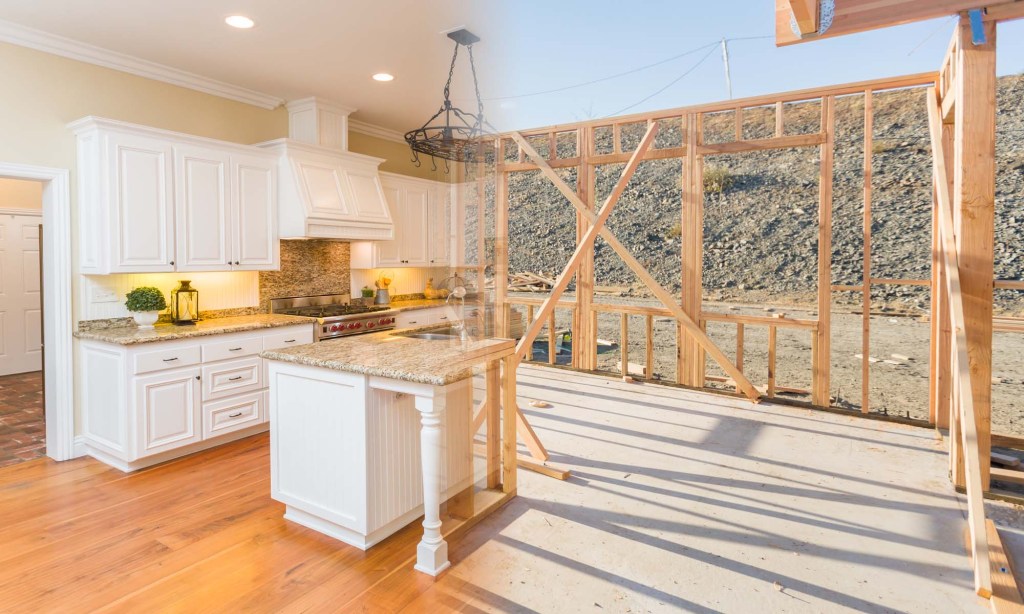Privately owned housing starts in November were at a seasonally adjusted annual rate of 1,679,000, which is 11.8% above the revised October estimate of 1,502,000 and is 8.3% above the November 2020 rate of 1,551,000, according to the U.S. Census Bureau and the Department of Housing and Urban Development.
Single‐family housing starts last month were at a rate of 1,173,000, which is 11.3% above the revised October figure of 1,054,000. The November rate for units in buildings with five units or more was 491,000.
“This report is a good indication that buyers will have a bit more inventory to choose from next year as many builders are trying to get ahead of the 2023 spring-selling season by starting specs (weather permitting),” says Ali Wolf, chief economist at Zonda. “Assuming no pop in interest rates, more inventory means more sales.”
November’s housing completions were at a seasonally adjusted annual rate of 1,282,000, which is 4.1% above the revised October estimate of 1,231,000 and is 3.1% above the November 2020 rate of 1,244,000. Single‐family housing completions last month were at a rate of 910,000, or 0.1% below the revised October rate of 911,000. The November rate for units in buildings with five units or more was 364,000.
Housing units authorized by building permits in November were at a seasonally adjusted annual rate of 1,712,000, which is 3.6% above the revised October rate of 1,653,000 and is 0.9% above the November 2020 rate of 1,696,000. Single‐family authorizations last month were at a rate of 1,103,000, or 2.7% above the revised October figure of 1,074,000. Authorizations of units in buildings with five units or more were at a rate of 560,000.
“Despite the rise in starts, single-family home completions were essentially unchanged over the month, while the number of units under construction rose by 2.9% to the highest level since early 2007,” says Doug Duncan, chief economist at Fannie Mae. “Eventually these homes will add to the overall housing supply, but today’s report showed little evidence of improvement regarding home builders’ ongoing struggle to keep up with demand.”



